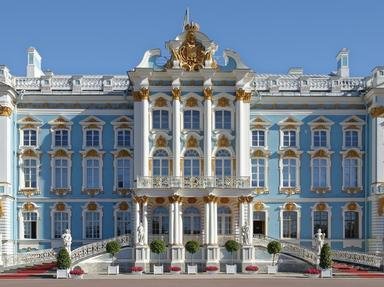Quiz Answer Key and Fun Facts
1. The first to use the title "Tsar of all Russians" both in his own monarchy and towards foreign rulers, was Ivan IV Grozny. What was the title of Ivan I, Ivan II, and Ivan III who all preceded him?
2. Ivan IV started his reign in 1547 with a new code of laws, a parliament (albeit only for nobility), and a standing army. He also ordered the construction of a very well-known building in Moscow that still stands. Which one?
3. Which Tsar, who ruled between 1598 and 1605, inspired Modest Mussorgsky for an eponymous opera (albeit not entirely historically correct) ?
4. Who was the first Tsar of the Romanov dynasty?
5. Peter I the Great was one of the most important Tsars of Russia. Which of the following was one very specific tax he imposed?
6. Peter the Great conquered lands in the northeast and in the southeast, thus establishing two ice-free harbours for Russia. The northern one was a new city named Saint Petersburg. Why did he chose this name?
7. Which of these Tsars or Tsarinas was the first to have halted all executions?
8. Peter III ruled for only a few months before being murdered. His wife took over for 34 years. Who was Peter III's wife? Be careful: I've used here the transliteration of the Russian first name and nickname.
9. Who emancipated the serfs in Russia in 1861 ?
10. Which nephew-in-law to Tsar Nicholas II had a hand in murdering the notorious monk Rasputin?
Source: Author
JanIQ
This quiz was reviewed by FunTrivia editor
ponycargirl before going online.
Any errors found in FunTrivia content are routinely corrected through our feedback system.
